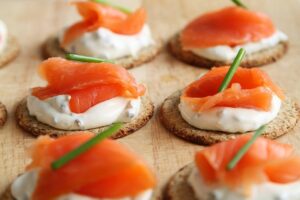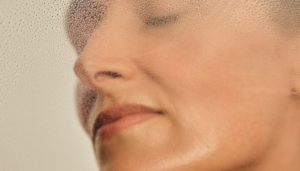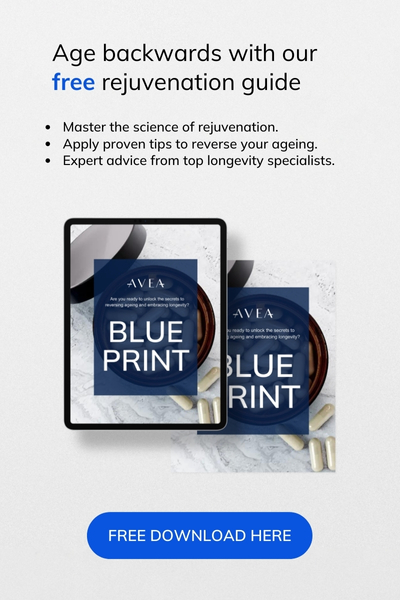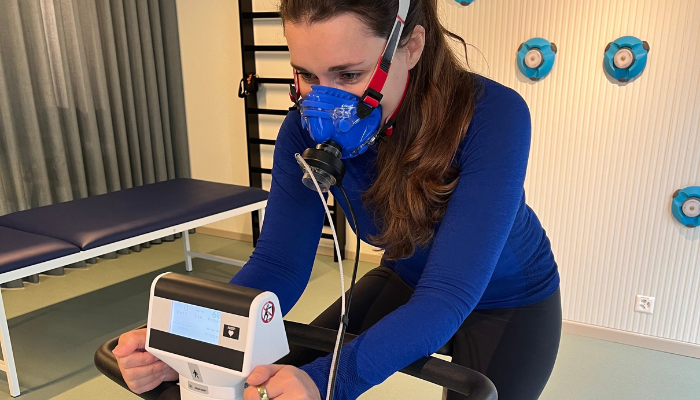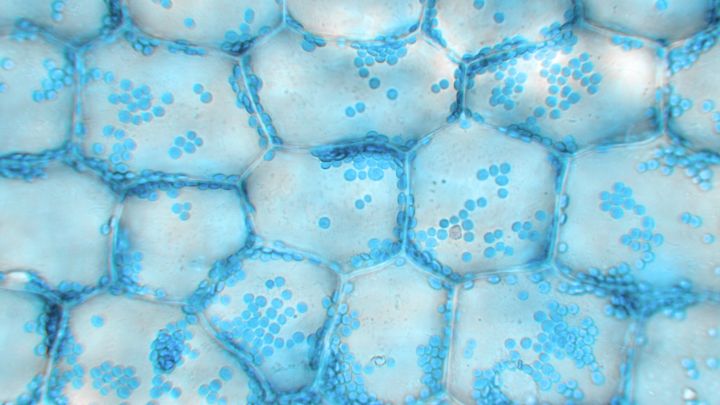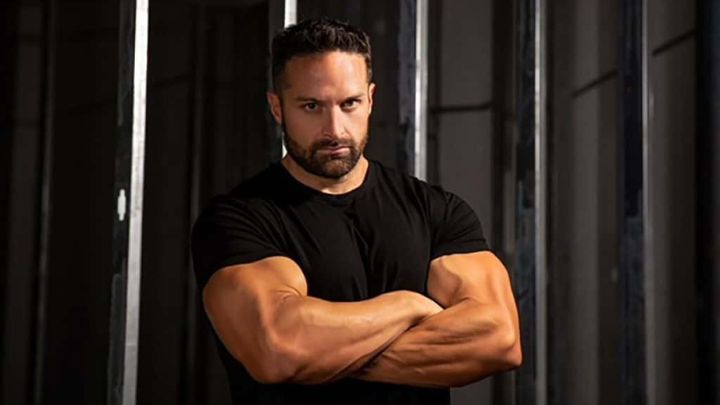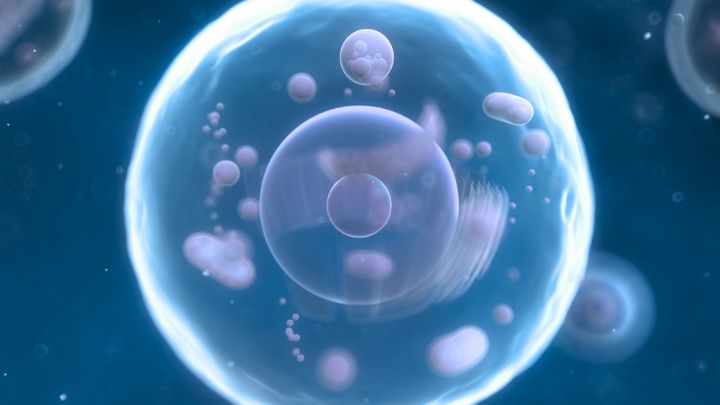Biohacking, also known as do-it-yourself (DIY) biology, is currently a global movement. Are you one of those confused about the pros and cons of this trend? Avea is here to help you take a stand.
In a nutshell, biohacking involves taking control of your own health and well-being by exploring various methods and tools that optimise your body’s functions. Basically, this means listening to what your body and mind have to say.
Whilst this can involve anything from simple lifestyle changes to advanced technologies, all have similar goals– enhancing your performance, your health, and potentially even your lifespan.
This article dives into the core of biohacking– how this simple concept can push you towards personal empowerment and allow you to take charge of your life journey. Biohackers go beyond what traditional medicine offers, and aim to boost their potential to a 100%. Would you consider yourself a biohacker by the end of this article? Let’s see.
In this article
Free guide to reverse your biological age
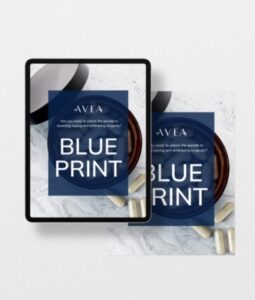
- Master the science of rejuvenation.
- Apply proven tips to turn back the clock.
- Transform your health with top longevity specialists.
Understanding biohacking
Biohacking, at its core, is the practice of modifying your body and mind to improve their function.
While some may link biohacking with futuristic implants and extreme interventions, the reality is that biohacking is far more accessible. It can be from basic lifestyle adjustments to the use of cutting-edge technology.
This concept is rooted in the idea that we are not just passive recipients of our genetic makeup or environmental influences, but active participants in shaping our own biology. It’s a form of self-improvement and self-experimentation grounded in science and technology.
80% of your health in old age is up to you.’’
Dr. David Sinclair.
Famous biohackers
1. Dave Asprey
Known as the “Father of Biohacking,” David Asprey has been instrumental in taking this movement worldwide. His personal journey in overcoming his health issues and enhancing his own performance through biohacking has inspired countless others.
Over the past two decades, Dave teamed up with doctors, scientists, researchers and innovators to find the most effective techniques and products for optimising mental and physical performance.
He’s also the creator of Bulletproof Diet, Bulletproof Coffee, as well as other supplements.
Discover the top 10 female biohackers and the top 10 male biohackers of 2023.
2. Bryan Johnson
Bryan Johnson, another biohacker, is known as the most measured man in history. His team of doctors and researchers are working to develop an algorithm designed to evolve human capabilities and cultivate an “autonomous self” that makes optimal lifestyle decision. Basically, he has donated his live body to science.
He invested over 2 millions into scientific research, measurement and equipment needed for his project– the Blueprint, a program that’s more than a mere regimen; it’s acclaimed to becoming a philosophy for enhanced living. Plus, it’s now free for everyone to use.
Discover Bryan Johnson’s Blueprint simplified.
How to biohack your body?
Biohacking can be as easy as doing some deep breathing from time to time. In other words, biohacking is every tiny thing you do for protecting your mind and body.
Let’s take a look at some of the common biohacking examples that are seamlessly integrated into our everyday lives.
1. Nutritional supplements:
Longevity supplements have shown exciting potential for improving health span. Research into longevity supplements is one of the most rapidly advancing fields in ageing science today.
Avea stands at the forefront of such innovation, partnering with experts in the field while following and creating new scientific evidence that is at the core of our longevity supplements.
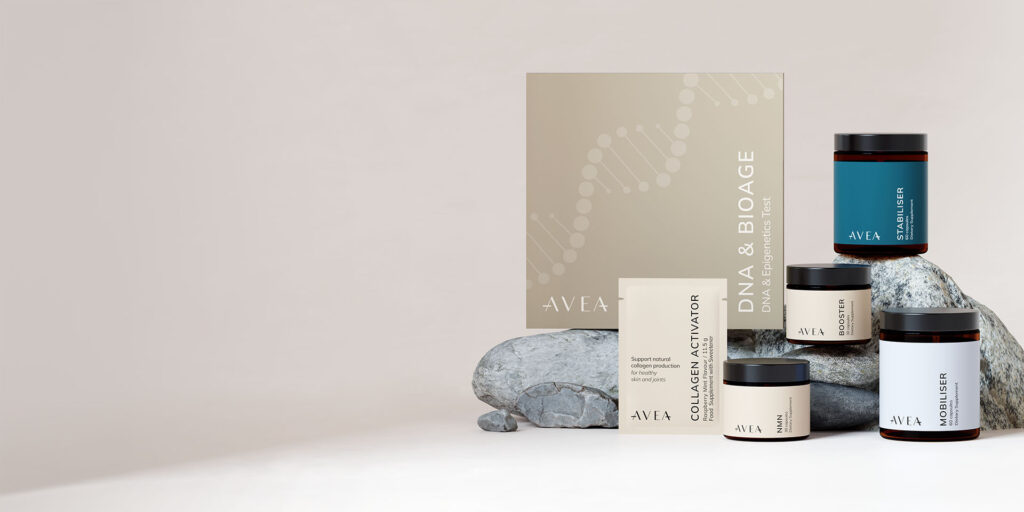
Unlike popular dietary supplements, longevity supplements don’t just prevent deficiencies—instead, they supply the body with ingredients that help change the rate at which we age. The supplements are specifically formulated to boost our health span and lifespan and decrease the onset of age-related diseases.
2. Diets:
Diet can act as a crucial lever if you want to enhance your health and longevity. It involves making informed food choices that not only provide nutrition, but also positively impact our biological functions. This also includes eliminating foods that harm your body.
Emphasising on nutrient-dense, unprocessed, and mostly plant-based foods, can significantly improve your metabolic health and cognitive function.
”The food you eat can be either the safest and most powerful form of medicine or the slowest form of poison.”
–Dr. Mark Hyman.
3. Fitness regimens:
Tailored exercise programmes are another cornerstone of biohacking. This might involve high-intensity interval training (HIIT), strength training, or exercises aimed at enhancing your flexibility and balance. You know dancing or Zumba count, right?
Physical activity is a must when it comes to optimising physical and mental health. Countless scientific studies have shown how exercising can trigger biochemical changes that enhance brain function, improve metabolic health, and boost longevity.
“Exercise is a key pillar in the foundation of health. It’s not just about longevity, but about increasing your healthspan.”
–Peter Attia.
Discover Peter Attia’s 6 key pillars of longevity.
4. Mindfulness and meditation:
Mindfulness and meditation are integral biohacking techniques for enhancing mental wellbeing. These practices are scientifically shown to reduce stress, improve focus, and boost overall mental health.
“Mindfulness and meditation are not just relaxation practices; they rewire the brain to better manage stress and enhance focus.”
–Dr. Andrew Huberman.
Discover Andrew Huberman’s supplements: the daily routine of a neuroscientist.
These practices can physically alter brain structures involved in attention and emotional regulation, demonstrating their profound impact on cognitive function and mental health.
How to meditate for beginners.
5. Technology aids:
Wearable technology, such as fitness trackers and sleep-monitoring apps, are vital tools in the biohacker’s toolkit. These devices provide valuable data that can be leveraged to make informed lifestyle adjustments for optimal health.
They allow for the tracking and analysis of various health metrics, including physical activity levels, sleep quality, and heart rate, facilitating a data-driven approach to health optimisation. By utilising this information, you can fine-tune your daily habits and routines to achieve better health outcomes.
6. Cold therapy:
This includes cold showers, ice baths, or cryotherapy. Cold therapy can be enhanced by gradual exposure and consistency. It significantly improves circulation, reduces muscle soreness, and boosts recovery–making it ideal not only for athletes but also those seeking natural pain relief.
7. Intermittent fasting:
This dietary approach cycles between periods of eating and fasting. It’s claimed to aid in weight loss, improve metabolic health, and even extend lifespan in model organisms. However, it is important to note that most studies of intermittent fasting has been performed on male participants. With female bodies being more complex, fasting should be seen differently.
Learn how to perform the right fasting.
8. Whole body cryotherapy:
Brief exposure to extreme cold can strengthen your immune system, lessen fatigue, and sharpen cognitive abilities. Whole body cryotherapy occurs in a controlled environment, typically a cryotherapy chamber. It’s commonly available at spas, fitness centres, and some clinics specialising in recovery and sports medicine.
9. Photobiomodulation:
The use of red and infrared light reduces inflammation and eases chronic pain, making it suitable for pain management, recovery, or cellular rejuvenation. It can be performed at specialised clinics or at home using devices designed for this purpose.
It is also believed to stimulate collagen production, a key protein that helps in maintaining skin elasticity and strength. Increased collagen can lead to reduced appearance of wrinkles and improved skin texture.
10. Dynamic sequential compression:
This uses specialised equipment to apply controlled pressure to the limbs, enhancing blood circulation and lymphatic drainage. It helps accelerate recovery by reducing muscle soreness and swelling, and may also help in preventing injuries.
For instance, wearing compression sleeves or boots that rhythmically inflate and deflate, massages the limbs and promotes fluid movement. This therapy can be accessed at physiotherapy centres, sports clinics, or through personal devices designed for home use.
11. Genetic testing:
Genetic testing in biohacking helps identify predispositions to health conditions as well as nutrient deficiencies, enabling personalised health strategies. To maximise benefits, it’s important to interpret the results with professional healthcare advice, integrating them into a broader health plan. This approach is particularly valuable for those seeking tailored preventive care and wellness strategies.
The future of biohacking
Biohacking is continuously evolving, driven by advancements in technology and a growing understanding of human biology. It holds the promise of personalised health and wellness strategies, tailored to individual needs and genetic makeups.
As we progress, biohacking could become an integral part of healthcare, blurring the lines between medicine, technology, and self-care. However, it’s important to approach biohacking responsibly, with a strong grounding in science and an awareness of the potential risks involved.
Why is biohacking important?
Preventive healthcare and biohacking offer a proactive approach compared to traditional medicine’s reactive nature in treating diseases. They focus on optimising health and preventing illness before it occurs, aligning with the emerging perspective that views ageing as a disease.
Read our short interview with Dr Aubrey de Grey on ‘’Ageing as a disease’’.
This view suggests that ageing involves the gradual decline of physiological functions, increasing susceptibility to diseases. By addressing the root causes of ageing and promoting health span through lifestyle, dietary, and technological interventions, biohacking aims to delay or prevent age-related diseases, offering a more sustainable and effective approach to healthcare. This mostly involves tackling the 12 hallmarks of ageing, the interconnected web of biochemical reactions leading to age-related diseases and death.
Discover the 12 hallmarks of ageing.
The safety of biohacking
The safety of biohacking largely depends on the specific practices and their application. Common activities such as dietary adjustments and moderate exercise are typically safe. In contrast, more extreme approaches, including DIY genetic editing or experimenting with untested supplements, present substantial risks.
It’s crucial to approach biohacking cautiously, giving preference to evidence-based methods and seeking advice from healthcare professionals, especially for more advanced or invasive techniques. Like any health-related endeavour, biohacking involves weighing potential benefits against possible risks.




